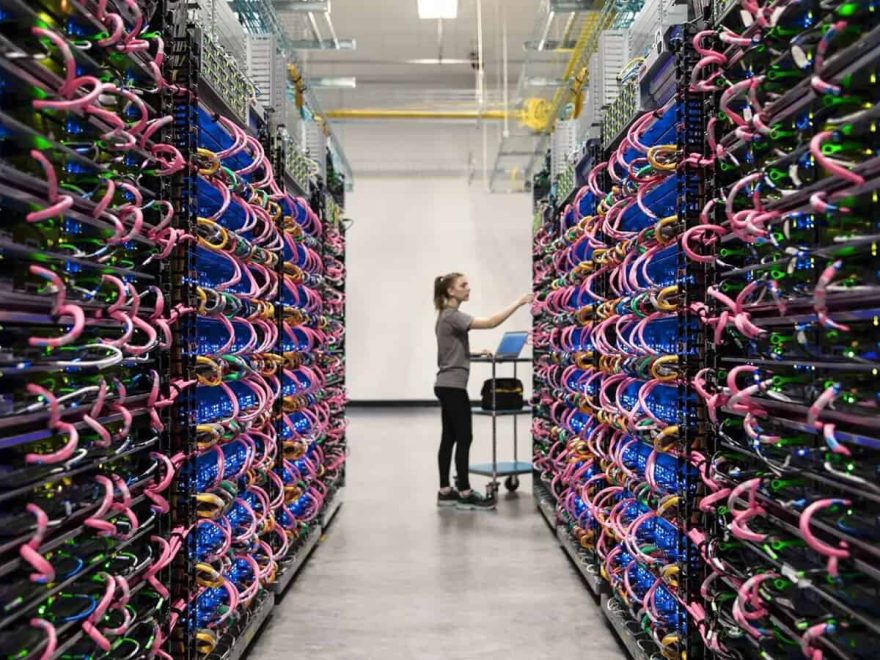To start talking about what is Edge Computing we have to understand the basic cloud operation.
Nowadays, practically all devices connect to the cloud, whether they are our cell phones, smart watches, tablets, televisions, even cars, among others. Another example is the services we use, Google Drive, Google Photos, Gmail, streaming services and any application that connects to the Internet has a cloud deployment for its servers and information storage.
All of this is in the cloud, and involves a basic request-response interaction. As an example let's take a YouTube video. By clicking on a video we are asking the server to send us the information necessary to play said video. In this exchange there are milliseconds of latency, which is basically the wait between request/response.
For such a simple task there is no problem in waiting, in fact it is almost imperceptible, but in cases where these milliseconds can make a difference, the cloud may have some limitations.
1. What is Edge Computing?
This is where the Edge Computing, where what we seek is to eliminate this problem. The main mission is to bring data processing closer to the place where they originate.
A clear example where we can see this is in autonomous vehicles. Response delay can be critical to when the computer can take an action based on the data. Not only because of the latency, but also because of the availability of a connection that is stable and constant enough to obtain the response.
Another case in which the potential of Edge Computing is in communications networks. With the arrival of 5G, bandwidth was greatly improved, so much more information can be sent and received in less time, but we still have the disadvantage of costs. This is why the definition of Edge comes into play, taking advantage of, for example, different points, reduced versions of the server can be placed, where the data needed for an immediate response is processed.
In addition, we must take into account the amount of data that is constantly generated on storage devices. IoT (internet of things). In these cases it may be more economical and efficient Edge Computing. Not only because of a speed of response as in the case of an autonomous vehicle, but because of great inefficiency.
2. Advantages of Edge computing
From what has been described above, the advantages that we can obtain are evident.
Beginning with speed, by reducing the distance between the origin of the data and the place of its processing, the time decreases, thus achieving less congestion in the network and in turn, increasing the response capacity, the speed and, in general terms, the quality in the service offered.
On the other hand decreases latency, since we do not have to wait for the round trip (query, response) that we have when we work directly with the cloud, resulting in a response in real time. The biggest reflection of this is seen by the end user, as their experience is typically heavily affected by latency.
The uninterrupted stability Connection is another factor that directly influences the end user's experience. Assuming that we can bring the processing closer to the point of not depending on an internet connection, a response can be ensured with the 100% reliability, regardless of the network conditions.
One point where companies see immediate results is in the costs, since we strongly reduce the real-time traffic of the data that is generated second by second, and the bandwidth can also be reduced.
3. Will Edge Computing eliminate Cloud Computing?
Just no. This new work methodology comes to complement the cloud, but not to eliminate it, in fact it does not even seek to compete. Cloud storage and processing is here to stay.
What Edge computing achieves is to cover the gaps where the cloud today may not be up to par, either due to latency, high availability or even costs.
Both technologies as a complement are the perfect recipe to be able to face the challenges, as in the case of IoT, large amounts of data are stored while a part needs to be processed in real time to provide quick responses.
On the contrary to what we mentioned previously, with the advances in technology, the Cloud Computing eliminate the need for Edge Computing, given that networks increasingly increase their data traffic capacity, and storage systems are optimized, consequently resulting in a reduction in costs, we may be able to do without the Edge .
The only thing that would remain is high reliability in connection availability, and without this it is unthinkable to trust the 100% in the cloud.



